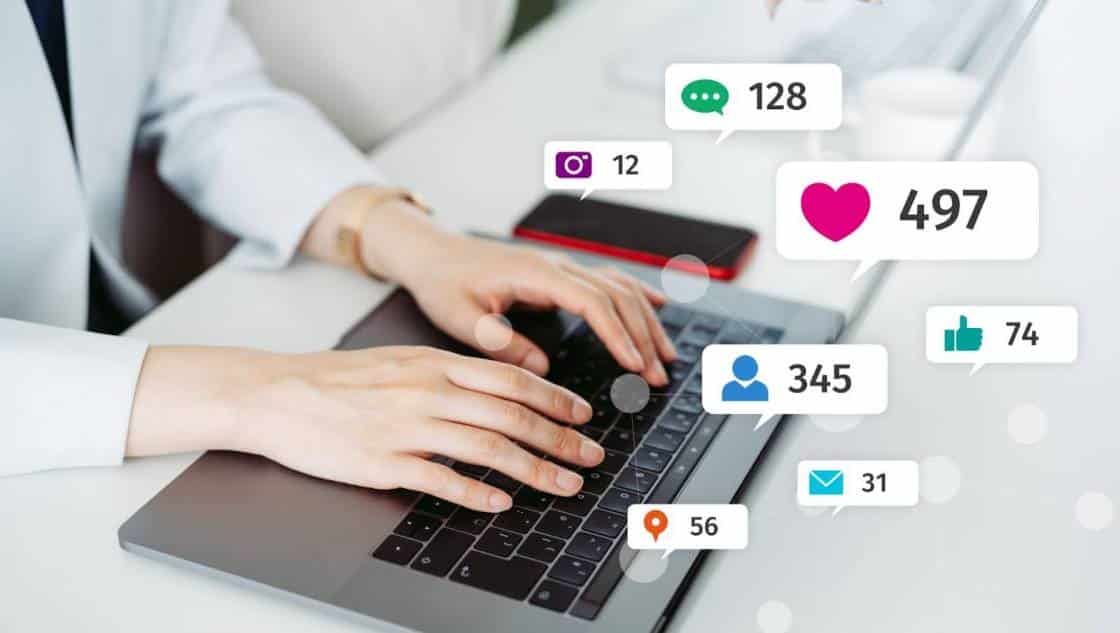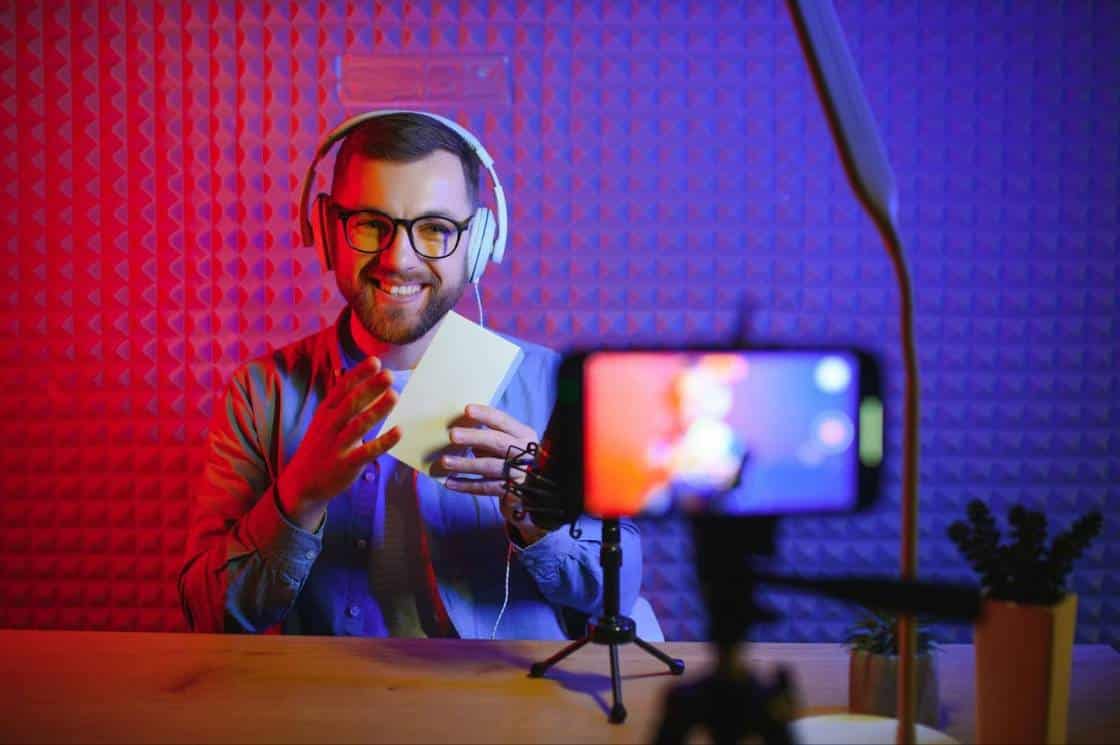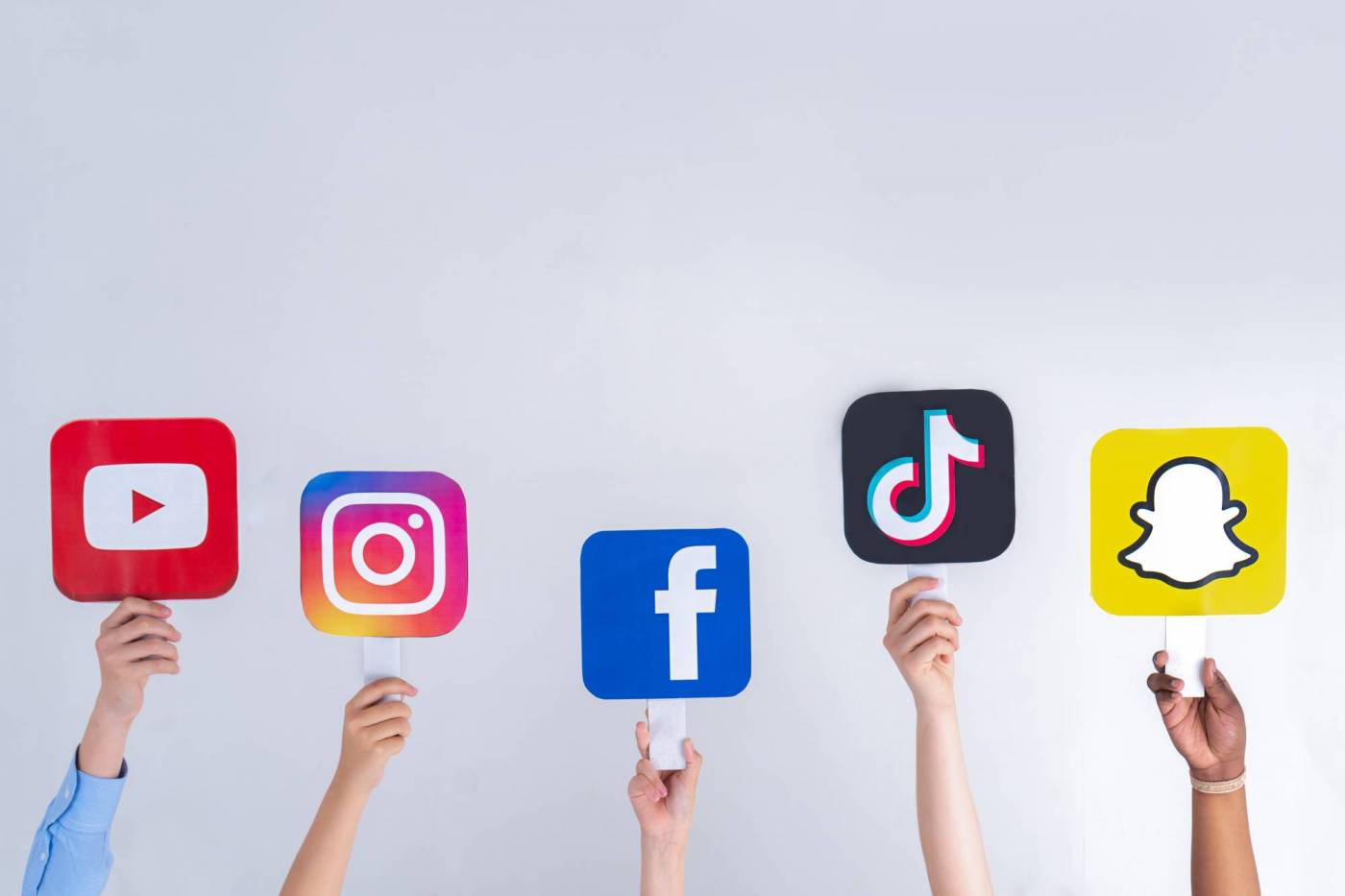Ever wondered why certain brands catch your eye more than others? It’s not just coincidence—it’s psychology, particularly color psychology. Today, we’re diving into how brands use colors to influence what, when, and how you buy. Whether you’re a marketer looking to sharpen your toolkit or a consumer aiming to shop smarter, understanding the strategic use of color can change the way you view advertisements and branding.
To see these concepts in action and get more in-depth insights, check out the video below!
Table of Contents
The Impact of Color on Consumer Behavior
Color isn’t just a component of a brand’s aesthetic; it’s a powerful psychological tool. Brands choose specific colors to evoke particular emotions and drive consumer behavior. Here’s how different colors are commonly used in marketing:
1. Red: Urgency and Appetite
Red is a dynamic color that commands attention. It’s frequently used in call-to-action buttons and food branding (think McDonald’s and Wendy’s) because it stimulates appetite and creates a sense of urgency.
2. Blue: Trust and Security
Blue evokes feelings of trust, security, and stability, which is why it’s favored by healthcare and financial institutions. It’s calming, suggesting that the brand is reliable and trustworthy, qualities essential in sectors where trust is paramount.
3. Yellow: Energy and Fatigue
Yellow, while eye-catching and vibrant, is also the most visually fatiguing color. Brands use yellow to draw attention quickly and create a fun, friendly vibe. However, its brightness can be overwhelming if used excessively.
4. Green: Nature and Tranquility
Green is increasingly associated with nature, health, and tranquility, reflecting cultural shifts towards environmental awareness and sustainability. It’s calming and often used by brands that promote natural and organic products.
5. Orange: Creativity and Playfulness
Orange combines the attention-grabbing quality of yellow with the vibrancy of red but without the aggression, making it perfect for brands that want to appear playful yet creative.
6. Purple: Luxury and Wisdom
Historically associated with royalty, purple today is linked to luxury, wisdom, and dignity. It’s preferred by brands that market high-end products and want to convey a sense of sophistication and exclusivity.
7. Black and White: Sophistication and Simplicity
Black exudes elegance, sophistication, and strength, often used to create stark contrasts and highlight other elements. White represents purity, safety, and a fresh start, commonly utilized by brands looking to communicate simplicity and cleanliness.
Why This Matters
Understanding the psychology behind color can significantly enhance how marketers craft their messages and how consumers respond to them. It’s not just about aesthetics; it’s about strategic communication and the subconscious influences that drive purchasing decisions.
Conclusion: Next time you find yourself drawn to a brand, take a moment to consider how color plays a role in your perception. For marketers, this understanding is crucial in designing more effective campaigns. For consumers, it offers a glimpse into how choices are influenced subconsciously by color. Dive deeper into the fascinating world of color psychology and harness the power of color in your marketing strategies or become a more discerning shopper.





